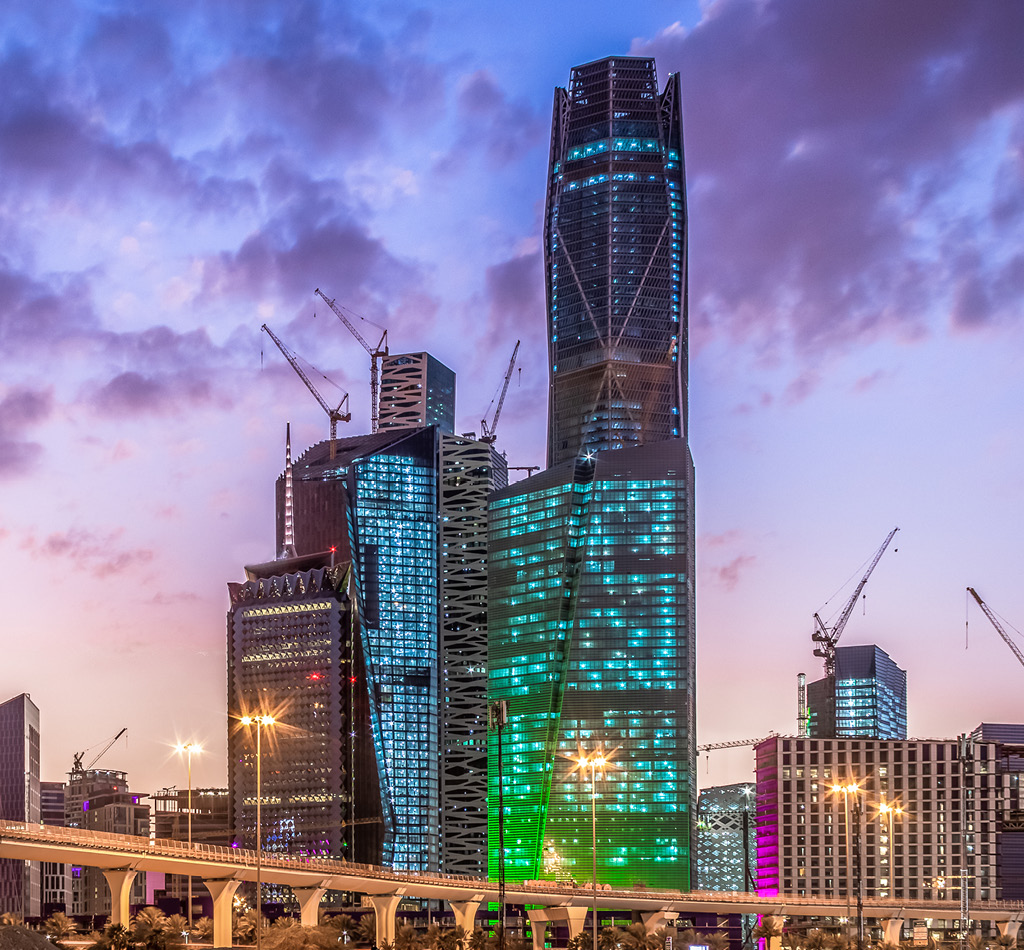Commentary
MENA Q1 2023 Manager Letter
May 3, 2023

Gulf equity markets underperformed their emerging market peers (as measured by the MSCI Emerging Markets Index) for the second consecutive quarter. This weaker market performance can be attributed to some of the same factors we highlighted in the Q4 2022 Manager Letter namely, higher interest rates and lower oil prices. These factors present a headwind to earnings growth for the banking, energy, and materials sectors, which together constitute 69% of the S&P Pan Arab Composite Index. Banks have been a particularly sore area for the market, with profitability ratios starting to crack under the pressure of higher rates and concerns about capital allocation and corporate governance at two large banks in Saudi Arabia and the UAE. The news of indirect exposure to Adani Group companies and a potential acquisition of Standard Charter Group at First Abu Dhabi Bank, combined with the write-down of the unfortunate Credit Suisse investment at Saudi National Bank, provided further reasons for the sector’s underperformance this quarter.
However, if we look beyond the Index’s major sector constituents, the overall market sentiment is clearly bullish. For example, in Saudi Arabia, out of the 229 stocks comprising the Tadawul All-Share Index, 174 stocks generated positive returns in the quarter. In the UAE, IPO activity has been robust and share prices of recent entrants such as Salik Co., Emirates Central Cooling Systems Corp. and ADNOC Gas are well above their offer prices. While the performance divergence between the broader market and the Index is easy to attribute, the magnitude of the divergence (in favour of the former) is noteworthy. It is evident that investors are increasingly reducing their exposure to banks and materials while increasing their exposure to other sectors, such as consumer, healthcare, and technology, where liquidity is relatively less accommodative and therefore prone to larger stock price moves.
The context is important in partially explaining the strategy’s outperformance in the quarter. The aforementioned dynamics led to meaningful valuation multiples expansion for the strategy’s key portfolio companies. However, we also anticipate a robust earnings growth outlook for many of our core portfolio companies. For example, National Co. for Learning and Education (NCLE), a prominent Saudi K-12 school operator, reported year-on-year revenue and net income growth of 48% and 50%, respectively, in its last quarterly reporting period. Our team spent a day touring various NCLE-operated schools with the CEO in Riyadh and we were thoroughly impressed with the quality of the staff, facilities, and unique culture preserved by management dating back to NCLE’s roots as a family-run enterprise.
The strategy’s returns also benefited from a sizeable position we have been building in Saudi Telecom Co. (STC), Saudi Arabia’s leading telecommunications provider. Our thesis on STC has been largely driven by valuation, which has been developing since the Public Investment Fund (PIF) offloaded a 6% stake in STC in December 2021. This event stoked fears of future sell-downs in the stock from the PIF, which currently owns 64% of the company. While we cannot be sure that the PIF will not sell more shares of STC in the future, we found that valuations were becoming increasingly attractive for such a dominant business, with free cash flow yields exceeding 10% for 2023. Our thesis received a strong boost from STC collecting nearly $4bn of outstanding receivables from government clients in the fourth quarter of 2022, which represented 8% of its market capitalisation at the time. We met with STC’s management at an investment conference in Dubai and were encouraged by their efforts to improve disclosure and transparency for the investor community.
As mentioned earlier in the letter, banks have lagged Gulf equity markets. This is a phenomenon that also played out in the strategy, with five of the eight negative return stocks in the quarter coming from the sector. While we have a significant underweight in banks, the strategy’s absolute returns experienced a drag from Saudi and Qatari banks, where pressures on profitability are building up as cost of funds increases at a higher rate than yields on assets.
The strategy also experienced underperformance in its North African portfolio, and particularly in Egypt, where severe macroeconomic headwinds have overwhelmed USD equity returns. We have been reducing the strategy’s exposure to Egypt over the last year but opted to keep a level of investment in our highest conviction portfolio companies there.
Looking ahead, we continue to see favourable opportunities for the strategy. The macroeconomic backdrop remains supportive, with healthy FX reserves and balance of payments positions across most of the Gulf. While still early days, the Saudi-Iranian reproachment is a key event that warrants our attention, as any progress there can lead to a lower geopolitical risk premium on regional assets. OPEC+ is committed to maintaining high oil prices to support government spending plans, which could benefit equity markets. We also note that positioning from global emerging market funds remains light and governments in the region are intent on growing their share in the emerging market capitalisation, which we believe will end up manifesting itself in a quasi-short squeeze on those funds.
The environment is highly dynamic in the region, and as active managers, we are willing to make bold decisions to ensure that the strategy continues to provide investors with attractive opportunities in the MENA region.
Vergent Asset Management LLP



